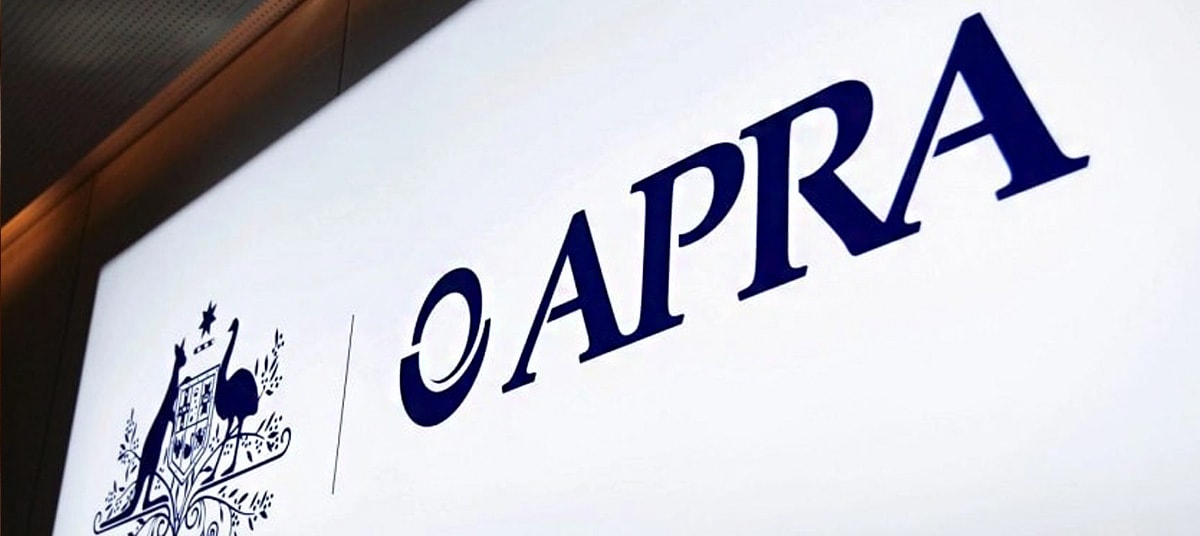
The regulator warns that high household debt and rising higher-risk lending are heightening vulnerabilities in the financial system.
High household debt and signs of an increase in higher-risk lending have been identified as key vulnerabilities that could impact Australia’s financial system, according to a new report released by the Australian Prudential Regulation Authority (APRA).
Released on Thursday (20 November), APRA’s System Risk Outlook provides some clarity on the main risks the regulator is seeing, both domestically and internationally.
Housing was one of the key domestic vulnerabilities identified by the regulator.
APRA noted the gross debt of Australian households has been 1.8 times their income for almost a decade, which it said was high by both historical and international standards.
The prudential regulator also analysed the increased strengthening of house price growth – which accelerated at the fastest pace in two years in October – and what this could mean for the demand for credit in the near term.
“Given that housing supply takes some time to respond to increases in demand, momentum in housing prices is likely to continue,” APRA stated.
“Higher housing prices generally come hand in hand with higher credit, as most households need to borrow to purchase their home or an investment property.”
Higher risk lending picking up
APRA maintained that housing lending standards are generally sound at present, though it cautioned that pockets of higher-risk lending are starting to emerge.
While the share of high debt-to-income (DTI) loans remained low across the board, APRA suggested there are signs of a pickup in this segment among investors and at some banks.
The prudential regulator noted recent increases in investor lending – the segment hit record levels in the September quarter amid falling borrowing costs and low vacancy rates.
APRA warned that this investor activity – combined with an expected rise in high loan-to-valuation ratio (LVR) loans under the government’s expanded 5% Deposit Scheme and intensifying competition among lenders for market share – could create pressure to loosen underwriting standards and increase lenders’ risk appetite.
The regulator did note that borrowers and lenders exposed to the housing market have maintained a high level of resilience, but cautioned this could be eroded over time.
“For example, if lower interest rates (which tend to increase borrowers’ demand for loans) coincided with a deterioration in lending standards, this could lead to a rise in risky lending. Household debt may increase further, and some households may struggle to manage their repayments. If an economic shock occurred in that environment, this could result in higher default levels and credit losses for banks,” APRA said.
What will APRA do?
APRA said that it already has a suite of macroprudential tools to address different risks and vulnerabilities in the system, including capital risk weights and deposit buffers.
It added that it has also been working with lenders on the practicalities of introducing lending limits for residential mortgages – such as caps on high DTI, investor, or interest-only lending – to ensure these measures can be deployed quickly if required.
The regulator said it plans to hand down the full system-wide stress-test report, including Phase 2 outcomes, by mid-2026.
John Lonsdale, APRA chair, said the System Risk Outlook confirms the financial system is in a strong position to withstand shocks, but stressed “we can’t afford to be complacent”.
“Domestically, housing remains a key vulnerability, given high household debt and prices continuing to rise,” he said.
“We are carefully monitoring these risks and ensuring banks are prepared to implement additional macroprudential tools where required to reinforce lending standards.
“Our inaugural system risk stress test is an important addition to APRA’s stress testing regime by helping us better understand how linkages in the financial system could dampen or amplify shocks. We will shortly commence Phase 2 of the exercise, which will test the robustness of the Phase 1 findings and consider other areas of analysis.”
[Related: Investor lending surges to record high]

